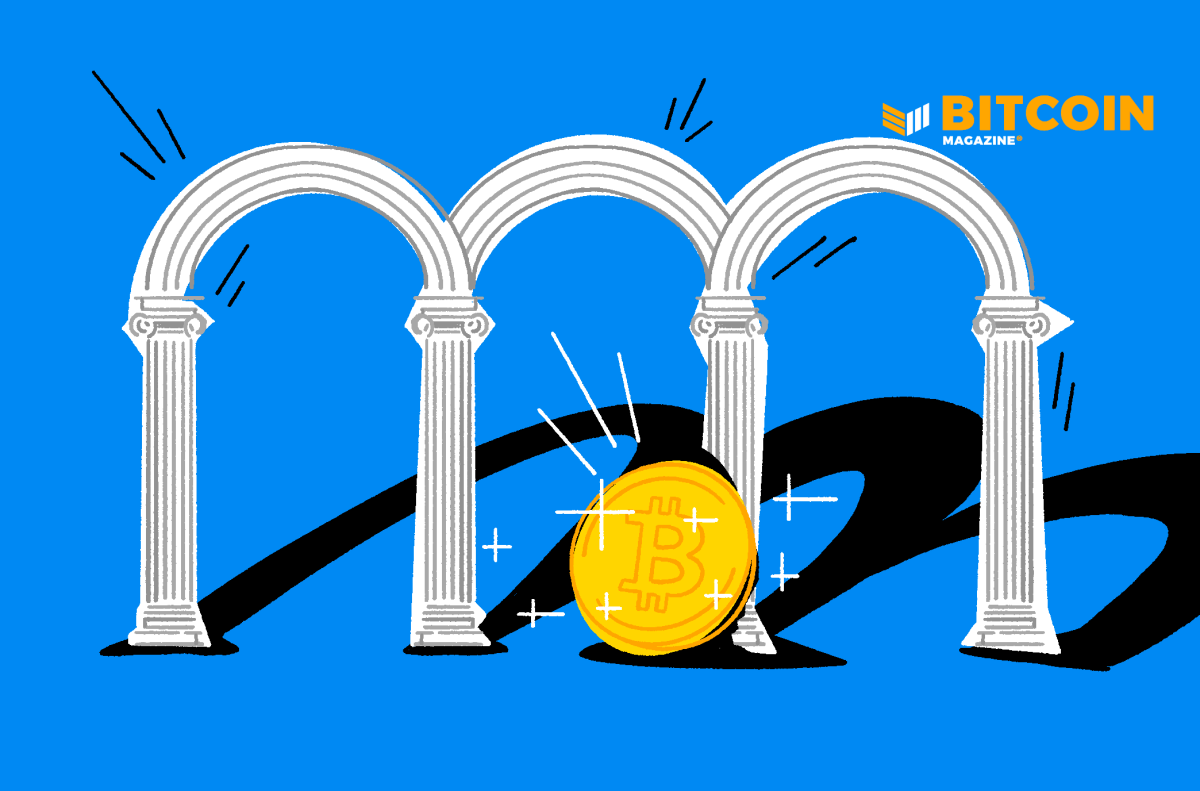In a world of different blockchains, interoperability is becoming an increasingly important issue. While many solutions are already connecting the numerous chains, they don’t come without risks.
Different layer-1 blockchains aim to solve this interoperability problem by creating a network with integrated bridges between chains and asynchronous message passing. Using a cross-chain bridge, it’s possible to move value from one chain to another. However, this raises several issues for developers and users. One major issue is the potential for bridge hacks, which have caused billions of dollars in damage in recent years.
In addition, a fragmented blockchain landscape leads to inefficiencies and complexity, exposing additional vulnerabilities. Trading across chains can be costly with rising gas prices and slippage risks. What’s more, bridging solutions can take anywhere from minutes to hours to get a transaction through.

Attacks on bridges account for 69% of total funds stolen in 2022. Source: Chainalysis
One blockchain to connect them all
ZetaChain, a decentralized layer-1 chain, compatible with the Ethereum Virtual Machine (EVM), aims to make the blockchain industry more interoperable by natively supporting cross-chain bridging of assets, data and liquidity.
ZetaChain’s approach makes it possible to build omnichain decentralized applications (DApps) that allow users to access all of their assets and data from a single platform, regardless of the blockchain they were created or stored on. The increased interoperability and ability to create omnichain DApps could improve user experience, which could, in turn, benefit the adoption of blockchain technology in general.
Furthermore, ZetaChain not only supports smart contract chains like Ethereum but can also integrate non-smart contract blockchains like Dogecoin and Bitcoin using the cross-chain toolkit for developers. The network effectively allows for Bitcoin smart contracts giving developers the tools and infrastructure to merge their BRC-20 projects, for example. Overall, however, the network is blockchain agnostic.

Source: ZetaChain
Gaining momentum
ZetaChain is a new project and therefore is working hard to gain a foothold within the crypto industry. The project recently published its white paper, available in 17 different languages. The document highlights the focus on interoperability between chains and developers worldwide.
The blockchain’s testnet has attracted more than 1.5 million users from over 100 countries while its community continues to grow. In addition, ZetaChain’s social media channels have built a follower base of over 1.7 million people in the short time they have been live.
On the developer side, the momentum is visible as well. The project has partnered with many big names in the crypto industry, including an infrastructure provider for the BNB Chain ecosystem Ankr, blockchain security company Halborn, and bug bounty and security services platform Immunefi. DApp development ranges from decentralized exchanges (DEXs) to NFTs and universal and private identity platforms, all to expand the reach of the ecosystem.
Developers interested in building DApps on top of ZetaChain can apply for funding through the ZetaChain Grants Program. Hundreds of developer teams have already applied for this funding, hoping to receive a kick-start from the project.
📢 Announcing $5 million in ZetaChain grants to power the next generation of Omnichain dApps. Learn about the program and apply here:https://t.co/ISA1vorcbP
— ZetaChain (@zetablockchain) April 13, 2023
Not stealing from other chains, but growing with them
A key aspect of ZetaChain’s mission is to grow with other networks rather than at their expense. Brandon Truong, chief product officer at ZetaChain, emphasized this aspect: “ZetaChain is in a unique position as a new L1 that connects other chains agnostically. Instead of trying to steal liquidity and users from other ecosystems and chains, it can grow with them. The growth of ZetaChain goes hand in hand with the growth of crypto in general.”
The project’s founders began their journey by exploring the different types of architecture that exist to connect other chains. They quickly discovered many issues, from the aforementioned vulnerabilities to async messaging-based and centralized approaches. By developing an EVM-compatible layer-1 blockchain, ZetaChain aims to be a solution that works for users and developers while keeping security concerns in mind.
ZetaChain empowers developers to create easy-to-use DApps that onboard non-crypto natives to the crypto space. Moreover, the network allows developers to create DApps that are cross-chain by default and take out the unnecessary burden of reworking code to make a product work on several chains. With its comprehensive omnichain interoperability features, ZetaChain connects all blockchains, including non-smart contract chains, lowering the barriers to building cross-chain applications to interact with any chain.
Disclaimer. Cointelegraph does not endorse any content or product on this page. While we aim at providing you with all important information that we could obtain in this sponsored article, readers should do their own research before taking any actions related to the company and carry full responsibility for their decisions, nor can this article be considered as investment advice.










